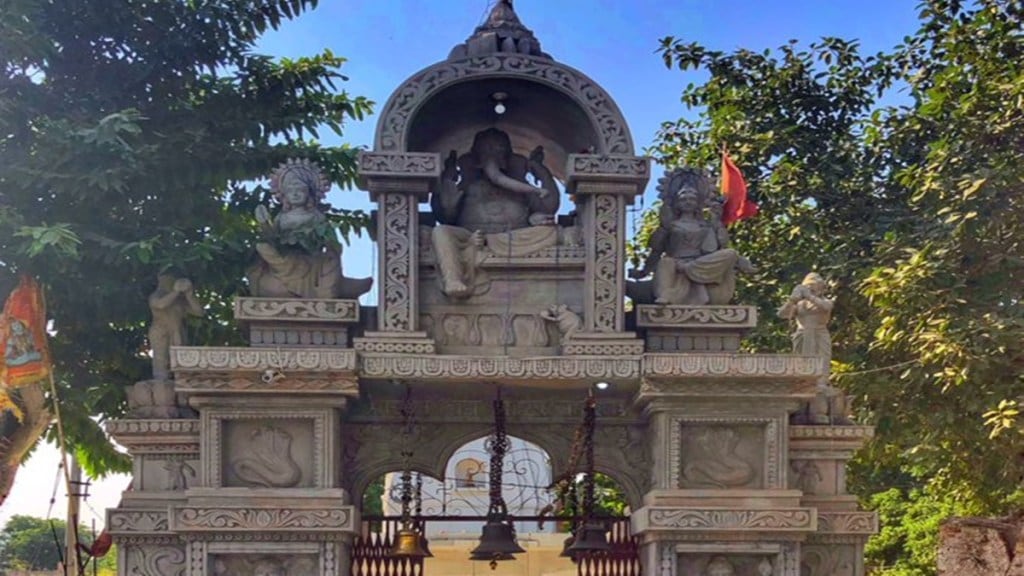When the entire nation was celebrating the Pran Pratishtha of the Ram Lalla idol at the Ayodhya Ram Mandir, a Noida village that worships Ravan, the demon king, and never celebrates ‘Ravan Dahan’, welcomed idols of Lord Ram, Sita, and Lakshman and installed them inside the ancient Shiva temple on Monday.
Bisrakh village, situated approximately 56 kilometres from the national capital in Greater Noida, holds a unique distinction as the believed birthplace of Ravan. Despite its longstanding association with the worship of the demon king, the village embraced the installation of statues depicting the revered trio.
Also Read:Lok Sabha Elections 2024: With Ram Mandir inauguration, Modi riddles INDIA bloc with a new dilemma
Mahant Ramadas, chief priest of the temple, drew a parallel between Ram and Ravan stating that both exemplify the same message to society – wisdom, valour, perseverance, and respect for all. “Ravan Maharaj came in my dreams and he said that we should make way for statues of Bhagwan Ram, Sita ji and Lakshman ji,” Mahant Ramdas told The Indian Express.
While the main gate of the temple is adorned with various statues depicting crucial moments in Ravan’s life, the sanctum currently lacks a statue of the demon king.
However, too is about to change. “This Vijayadashami, we will be installing a statue of Ravan inside. Ram and Ravan may share the same values, but they follow different ideologies. Much like today’s politics, where politicians engage in public disputes but maintain cordiality on different occasions,” stated Mahant Ramdas.
He commemorated the ‘Pran Prathistha’ day at the Ram Mandir as a historic occasion, marking it as significant for the thousands of people who visited and celebrated the event.
Also Read:Ayodhya Ram Mandir now open for general public! Check aarti, darshan timings; how to book passes
Citing a mythological instance, Ramdas shared that Ravan had worshipped Lord Ram during the construction of Ram Setu to enter Lanka. The intention is to convey a message to society that both figures can coexist harmoniously. “When Ram Setu was being built to enter into Lanka, Ravan had performed a puja of Shri Ram. We want to give this message to society that both can co-exist.” he stated.
Legend holds that Ravan’s father, Vishrawa, hailed from Bisrakh village and was invited by Lord Shiva to perform rituals for Grih Pravesh during the construction of Lanka for Goddess Parvati. In the mythological scriptures, it is said that after completing the puja, Lord Shiva inquired of Vishrawa what he desired as Dakshina (gift). Vishrawa requested Lanka, a gift later bestowed upon his son Kuber. Subsequently, Lanka was claimed by Ravan.
The belief holds that the Shivling in the Shiva temple is the very one where Ravan undertook intense Tapasya, offering his head ten times.
Simultaneously, the village has no intention of ever burning the effigy of Ravan. Mahant Ramdas, with a four-decade association with the temple, asserted, “Though we have installed the statue of Ram, Ravan’s effigy will never be burnt in this village ever. Also, no Ramlila will be performed here. We will worship both (Ram and Ravan).”


